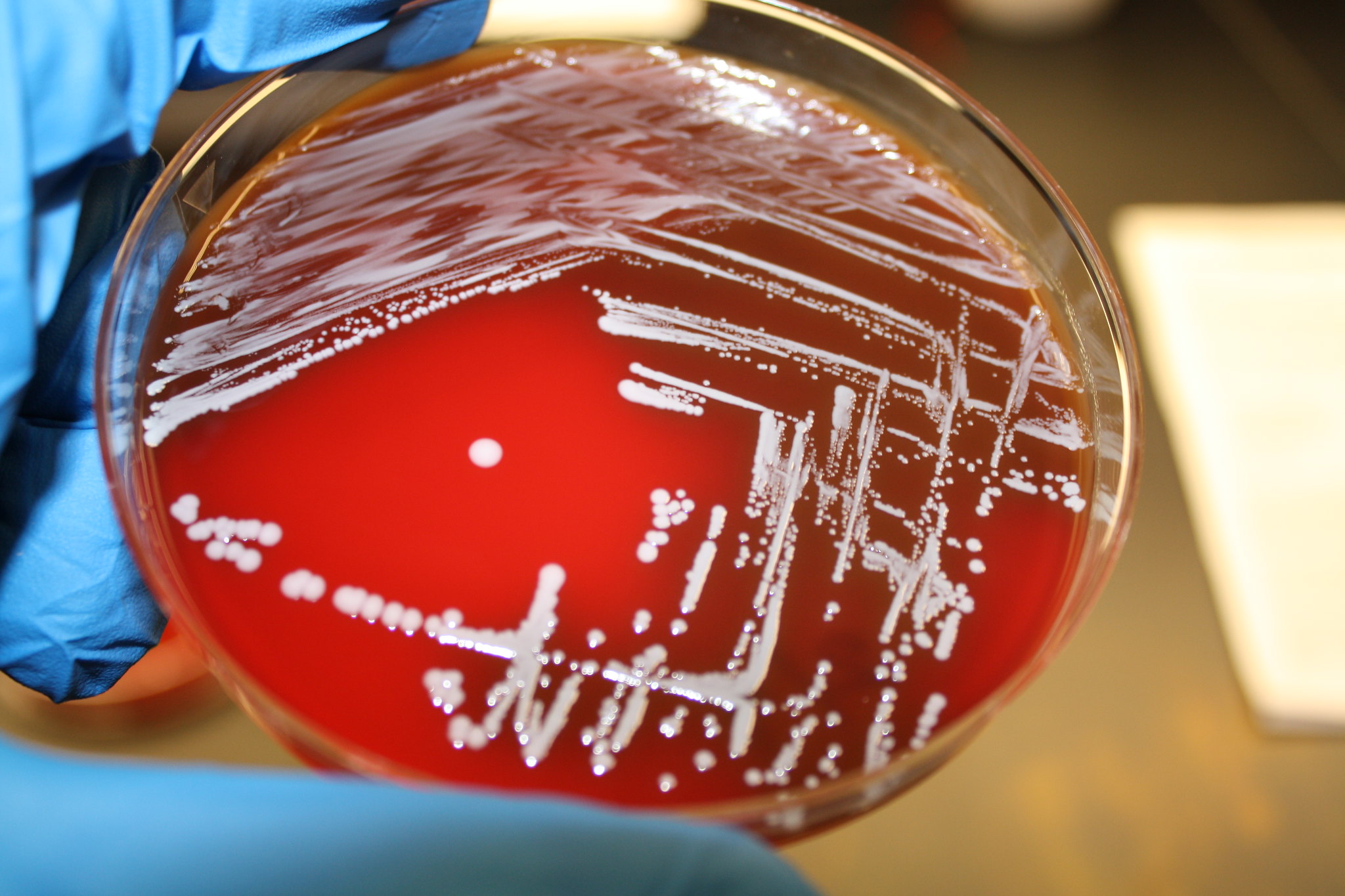ALICE FRASER
Non-aureus staphylococci (NAS) isolated from cultures of milk samples, are often reported as coagulase-negative staphylococci (CoNS) – this was historically based on their ability to clot rabbit plasma, a key manual identification step in conventional bacteriologic methods for staphylococci.
With the increased use of MALDI-TOF, which, as detailed previously, increases the ability to identify some bacteria to species level, you may see these coagulase-negative staphylococci sometimes identified
by their species names.
Staphylococcus chromogenes, S. hyicus, S. simulans and S. epidermidis are the key coagulase-negative staphylococcal species, with S. chromogenes being most commonly isolated CoNS from bovine mastitis cases. These CoNS bacterial species are usually lumped together as minor pathogens associated with subclinical mastitis (in comparison to Staphylococcus aureus and the other major pathogens of bovine mastitis). They are usually at home either in the environment or as mucosal or skin commensals. CoNS bacteria can form distinct relationships with the udder microbiome and may also have protective effects against other major mastitis pathogens. They can be associated with transient infections but can also cause more persistent low-grade infections in which they are also able to adapt to the udder environment, adhere to mammary epithelial cells and form biofilms protecting the bacteria from being flushed out during milking.
There are still questions being researched about the role of these CoNS species and some variation in the virulence factors of some strains has been observed, including coagulase properties. Some of these non-aureus staphylococci have been found to be coagulase-positive; hence in recent published articles, they may be referred to as NAS rather than CoNS, to allow for this variation (De Buck J., 2021).
Reference
De Buck J, Ha V, Naushad S, Nobrega DB et al. Non-aureus Staphylococci and Bovine Udder Health: Current Understanding and Knowledge Gaps. Frontiers in Veterinary Science, 8:1-16. 2021
Photo credit: VeeDunn Flickr

